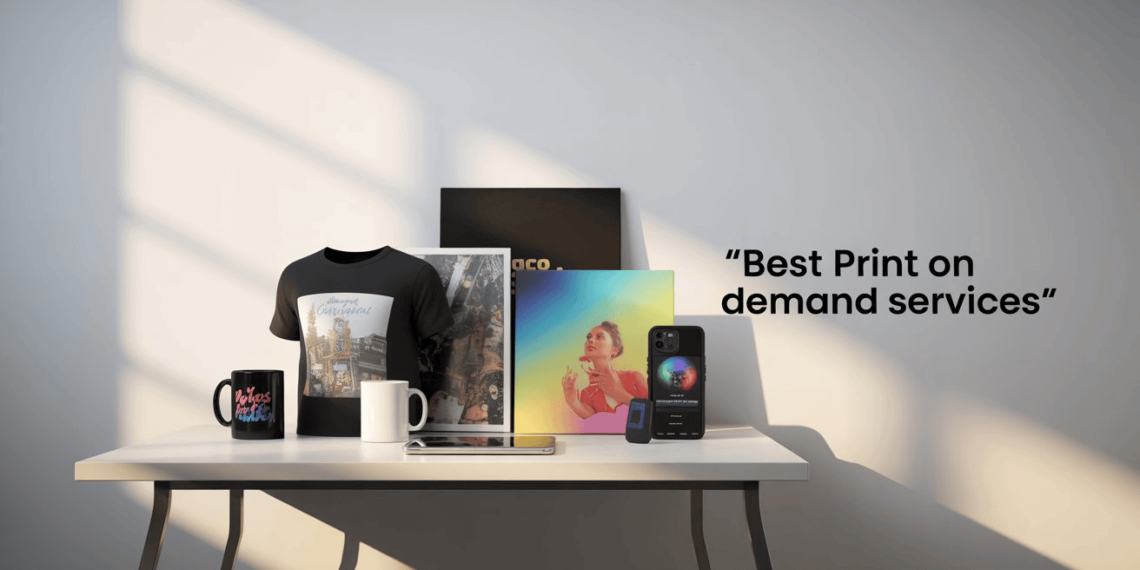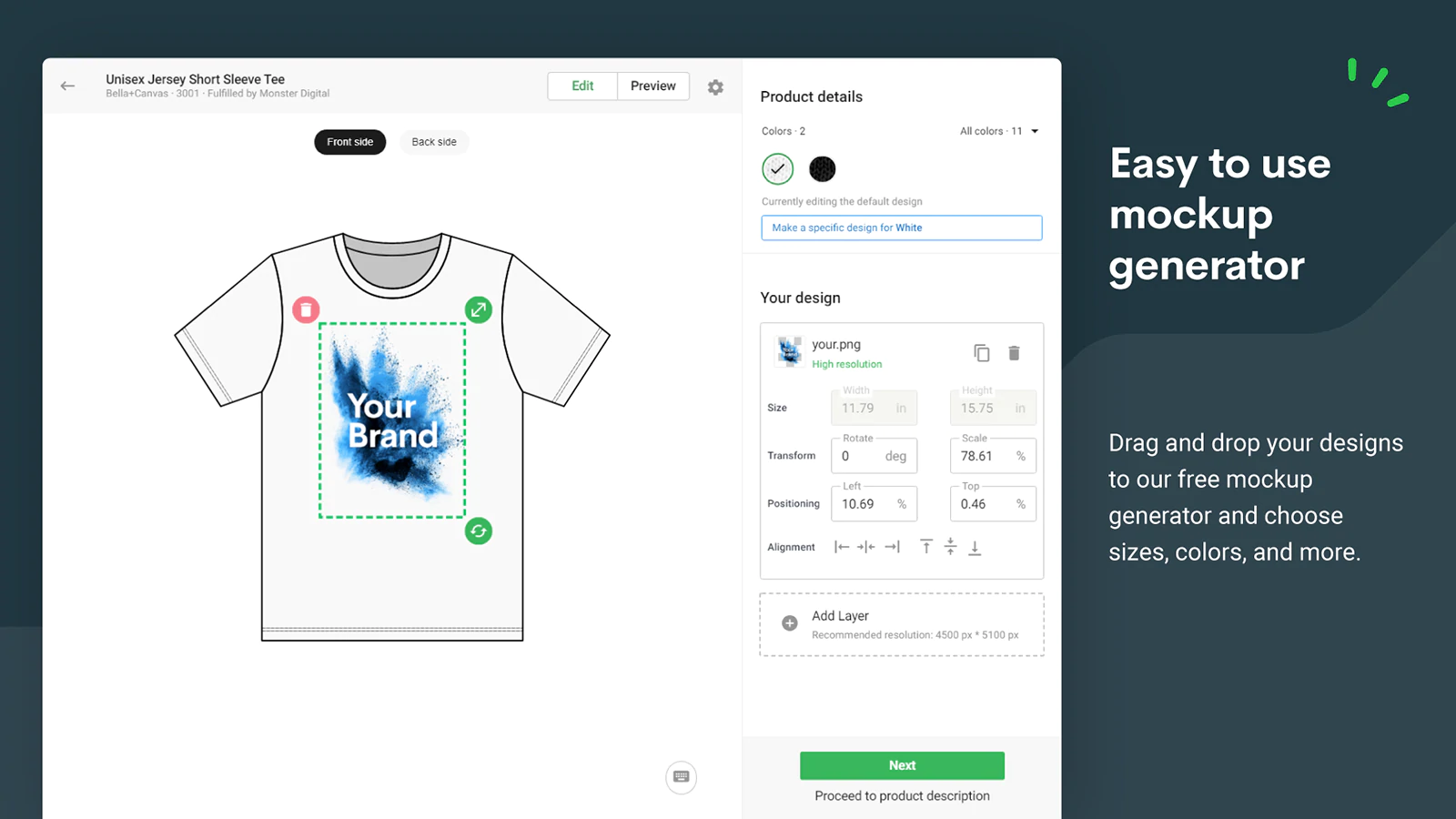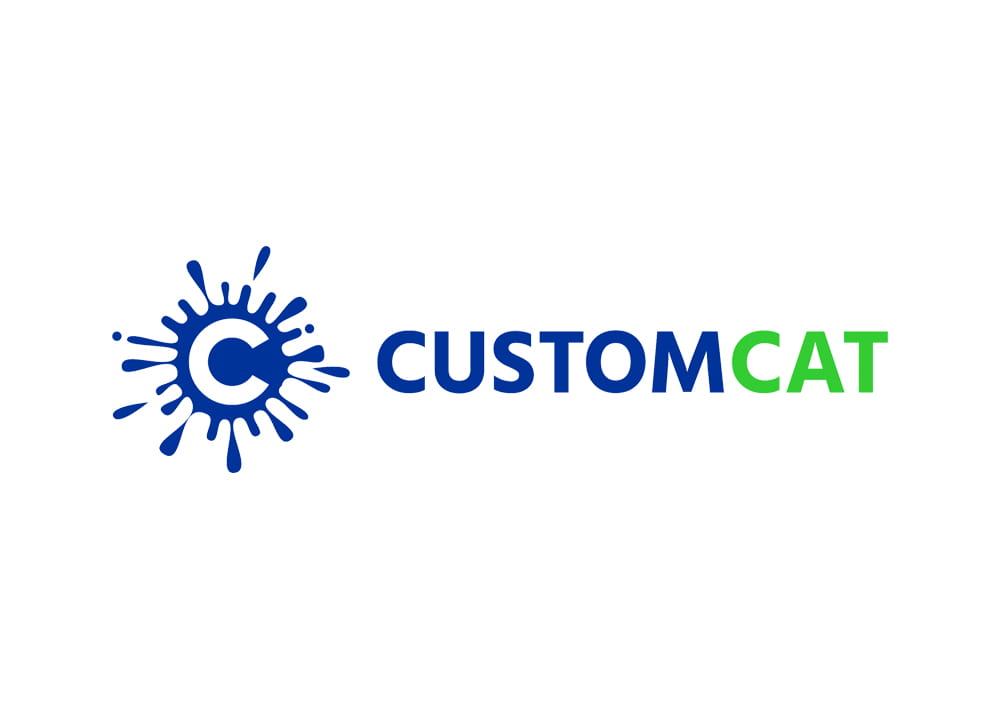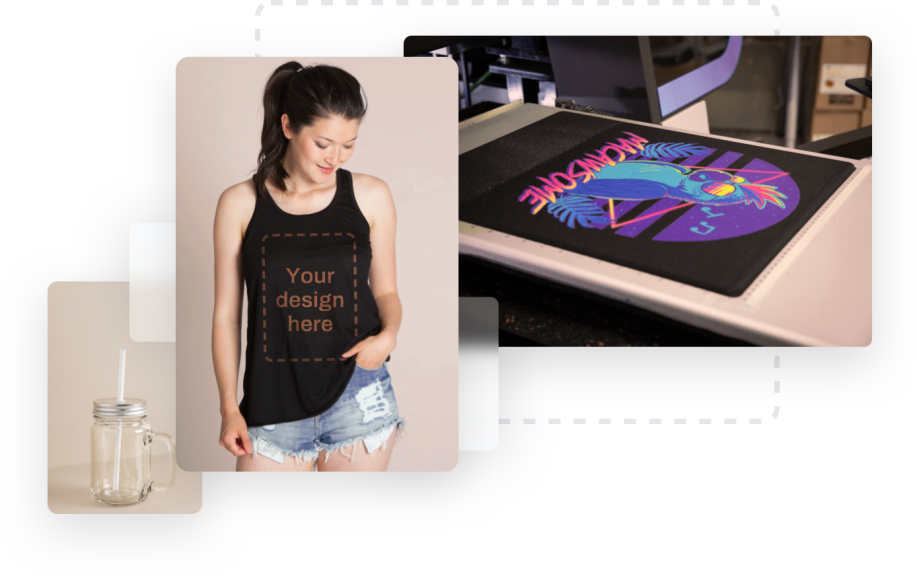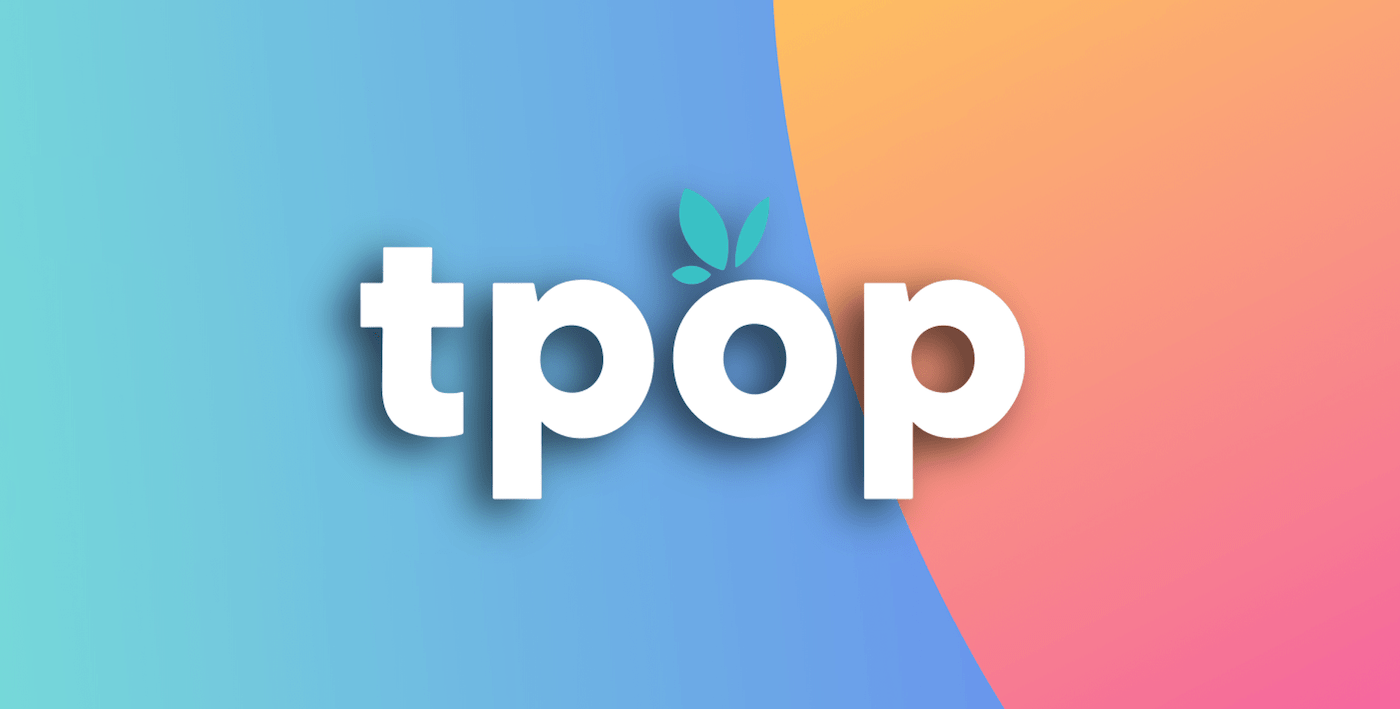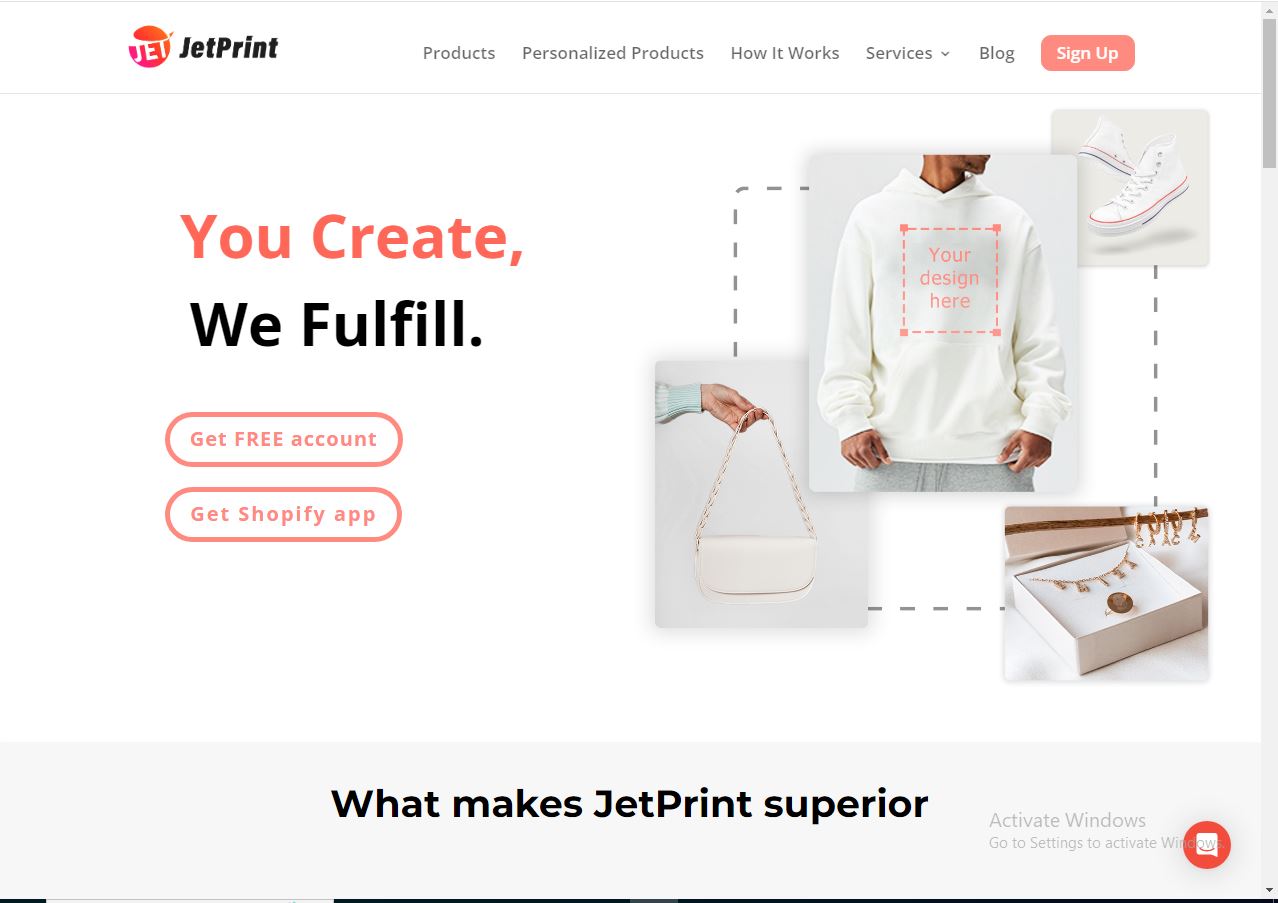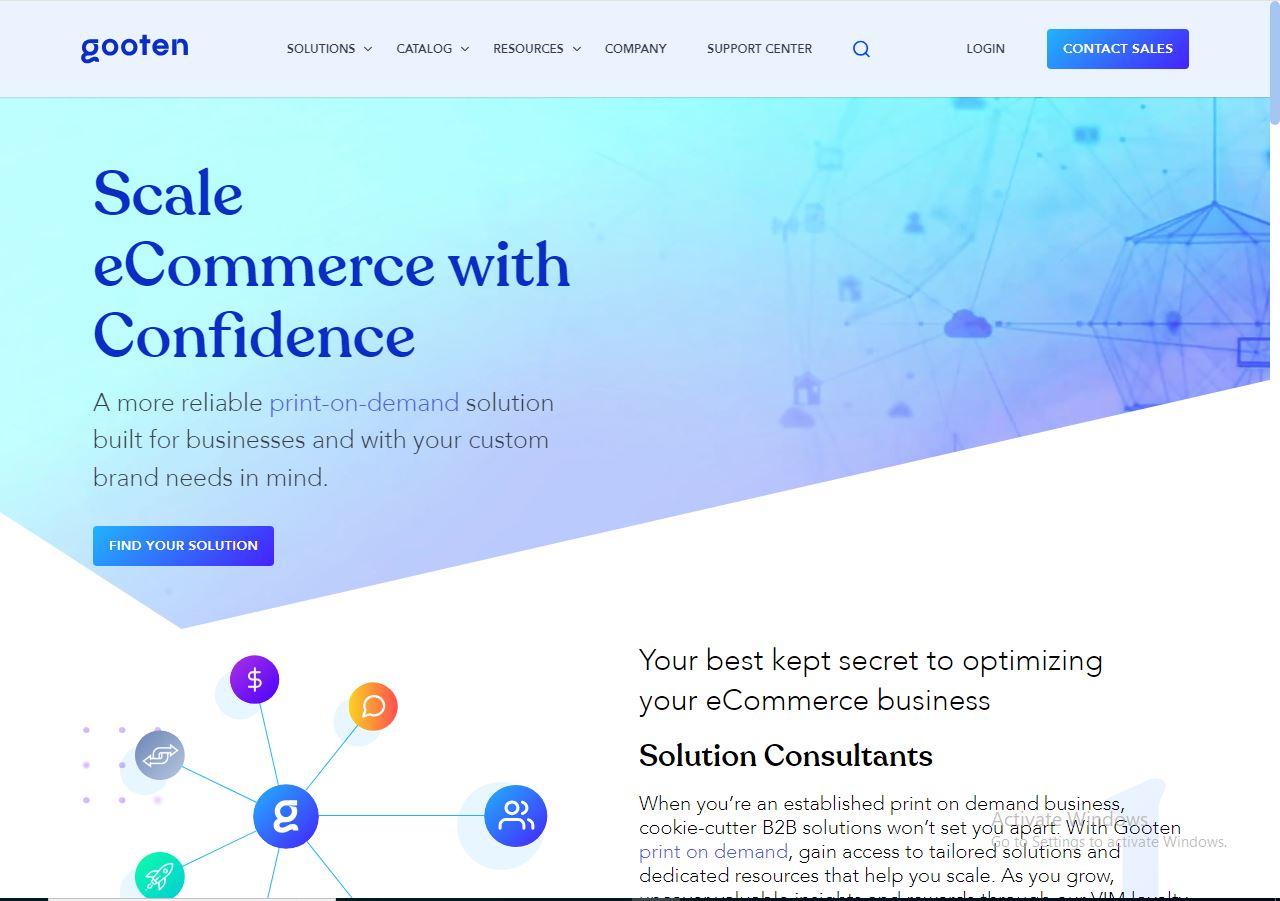Are you an aspiring author eager to self-publish your book without upfront costs or inventory headaches? Print-on-demand (POD) services could be the game-changing solution you’re looking for. This comprehensive guide explores the best print-on-demand platforms, their benefits, how they work, and actionable strategies to publish and promote your book successfully.
What Is Print-On-Demand (POD)?
Print-on-demand (POD) is a publishing model that allows books to be printed only when an order is placed. This eliminates the need for bulk printing, inventory storage, or shipping logistics making it an ideal solution for self-publishing authors, small presses, and entrepreneurs.
Key Benefits of Print-On-Demand:
-
Low financial risk – No need for upfront printing costs
-
Global accessibility – Sell worldwide without handling logistics
-
Speed to market – Publish quickly and flexibly
-
Complete control – Maintain your rights and creative vision
The Evolution of Print-On-Demand Publishing
POD has evolved significantly from simple paperback services. Today’s platforms offer:
-
Hardcover books
-
eBooks and audiobooks
-
Photo books, magazines, and coloring books
-
Branding and customization options
How to Choose the Best Print-On-Demand Platform
When selecting the right POD service, consider:
Factor |
Why It Matters |
|---|---|
Ease of Use |
A streamlined, intuitive interface saves time |
Distribution Reach |
Broader reach = higher sales potential |
Print Quality |
Affects customer satisfaction and reviews |
Royalty Structure |
Impacts your profit margins |
Customization Options |
Helps your book stand out |
Integration & Support |
Seamless sync with your online store |
1. Printful
Well-known dropshipping and print-on-demand (POD) company Printful serves the needs of entrepreneurs, companies, and people wishing to design and market personalized goods by providing a large selection of custom-printed products. Since its founding in 2013, Printful has grown in popularity thanks to its intuitive platform, vast product selection, and easy interaction with a variety of e-commerce sites, including Shopify, WooCommerce, Etsy, and others.
Pros
- Extensive Product Catalog
- Quality Printing
- Seamless Integration
Cons
- Pricing
- Shipping Costs
2. Printify
The reputable print-on-demand (POD) platform Printify enables creators, entrepreneurs, and companies to develop and sell personalized goods online. Printify, which provides a service comparable to Printful, is distinguished by its special features and method of providing print-on-demand services.
Pros
- Diverse Supplier Network
- Competitive Pricing
- Extensive Product Range
Cons
- Quality Control Variability
- Shipping Times and Costs
3. CustomCat
Custom-designed clothing and accessories are produced by CustomCat, a print-on-demand (POD) and fulfilment service that caters to companies, entrepreneurs, and individuals who want to make and sell personalized goods online. Founded in 2009, CustomCat provides a range of services and customization choices to meet the demands of its users.
Pros
- Extensive Product Catalog
- Focus on Apparel Customization
- Easy Integration
Cons
- Limited Product Range Beyond Apparel
- Shipping Costs and Times
4. SPOD
Spreadshirt offers a print-on-demand service called SPOD, or “Spreadshirt Print-On-Demand,” with a focus on customizable clothing and goods. Businesses, entrepreneurs, and individuals looking to produce and market customized goods online can all find what they need with SPOD.
Pros
- Fast Production and Shipping
- High-Quality Printing
- Large Product Selection
Cons
- Limited Integration Options
- Product Customization Constraints
- Shipping Costs
5. TPop
TPop is an online print-on-demand (POD) platform that lets users create and sell personalized goods. I might caution you, though, that TPop may have undergone advances or modifications since then. For the most recent information, visit their official website or read reviews from previous customers.
Pros
- Customizable Products
- Integration
- No Minimum Order Quantity
Cons
- Shipping Costs and Times
- Integration Options
6. JetPrint
A print-on-demand (POD) platform called JetPrint serves consumers, companies, and entrepreneurs who want to design and sell personalized goods online. Please be aware that JetPrint may have undergone developments or modifications since this period; for the most recent information, visit their official website or read reviews.
Pros
- Customizable Products
- Integration
- Quality Printing
Cons
- Product Range
- Shipping Costs and Times
7. Teelaunch
People, businesses, and entrepreneurs who want to make and sell personalized goods online can use Teelaunch’s print-on-demand (POD) services. Please keep in mind that things may have changed or progressed with Teelaunch since this time. For the most up-to-date information, I suggest you check their official website or read recent reviews.
Pros
- Customizable Products
- No Minimum Order Quantity
- User Interface
Cons
- Product Variety
- Shipping Costs and Times
8. Gooten
Gooten is a print-on-demand (POD) platform that helps people, companies, and entrepreneurs make and sell personalized items online. It makes it easier to create and sell personalized items without having to keep track of inventory or figure out how to ship them. That’s all I know about Gooten as of January 2022. Please keep in mind that things may have changed or progressed with the company since then. For the most up-to-date information, I suggest you check out their main website or some recent reviews.
Pros
- Customizable Products
- Integration
- No Minimum Order Quantity
Cons
- Product Variety
- Shipping Costs and Times
9. Printy6

Pros
- Customizable Product Range
- No Minimum Order Quantity
- Quality Printing Services
Cons
- Limited Product Variety
- Shipping Costs and Times
10. Lulu Direct
Lulu Direct is a company that lets people self-publish and print books when they want to. It is our service. The website Lulu.com lets writers and artists publish and sell their books straight through their site.
Lulu Direct is best for authors who want to sell a book to make money off of their audience or skill. The service gives you a lot of control over how the result looks by letting you choose from different formats, book layouts, and binding types.
Pros
- Self-Publishing Platform
- Print-on-Demand Services
- Global Distribution
Cons
- Limited Marketing Support
- Competition and Visibility
Comparison of Top Print-On-Demand Book Services
Platform |
Print Quality |
Integration |
Best For |
|---|---|---|---|
Printful |
★★★★★ |
Shopify, Etsy |
Apparel & Merch |
Printify |
★★★★☆ |
WooCommerce, eBay |
Budget-Friendly Stores |
Lulu Direct |
★★★★★ |
Direct via Lulu |
Book Publishing |
Teelaunch |
★★★★☆ |
Shopify |
Beginners |
SPOD |
★★★★☆ |
Spreadshirt |
Fast Fulfillment |
How to Self-Publish with a Print-On-Demand Service
-
Prepare your manuscript – Final edits and proofreading
-
Format your book – Follow platform-specific guidelines
-
Design your cover – Eye-catching, genre-appropriate
-
Add metadata – Title, author name, keywords, categories
-
Set pricing – Consider printing costs and royalties
-
Choose distribution channels – Online stores, global retailers
-
Publish & promote – Launch and drive visibility
Formatting & Cover Design Tips
Formatting Requirements:
-
Follow trim sizes and margin specs for print
-
Use platform templates to avoid layout issues
Cover Design Best Practices:
-
Ensure high resolution (300 DPI)
-
Design for thumbnails and mobile views
-
Include genre cues and branding elements
Marketing Strategies for Print-On-Demand Books
Marketing is essential for visibility and sales. Combine these approaches for best results:
-
Build an Author Website – Establish your brand
-
Leverage Social Media – Share updates, visuals, and behind-the-scenes
-
Run Email Campaigns – Engage your readers
-
Use Paid Ads – Facebook, Amazon, and Google ads for targeted reach
-
Participate in Author Events – Book fairs, podcasts, webinars
Bonus Tip:
Join author groups or publishing forums to network, share strategies, and stay updated on industry trends.
Know Your Audience
Before marketing, ask:
-
Who is your ideal reader?
-
What platforms do they use?
-
What pain points or interests does your book address?
Tailor your messaging, visuals, and promotions accordingly.
Frequently Asked Questions (FAQs)
How does print-on-demand work?
POD services print individual copies of a book only when they’re ordered, saving on bulk printing and storage.
What kinds of books can I publish with POD?
POD platforms support:
-
Novels
-
Poetry collections
-
Cookbooks
-
Children’s books
-
Textbooks
-
Workbooks and more
Is POD profitable for authors?
Yes. With low startup costs and global distribution, POD allows authors to earn royalties without financial risk.
Conclusion
Print-on-demand publishing empowers authors with creative control, cost-efficiency, and global reach. Whether you’re launching your debut novel or expanding your author brand, POD services are a modern, flexible way to bring your book to life. By choosing the right platform, refining your product, and executing a thoughtful marketing plan, you can successfully publish and sell your book—one copy at a time.

